MonoMad: Tricycles Galore
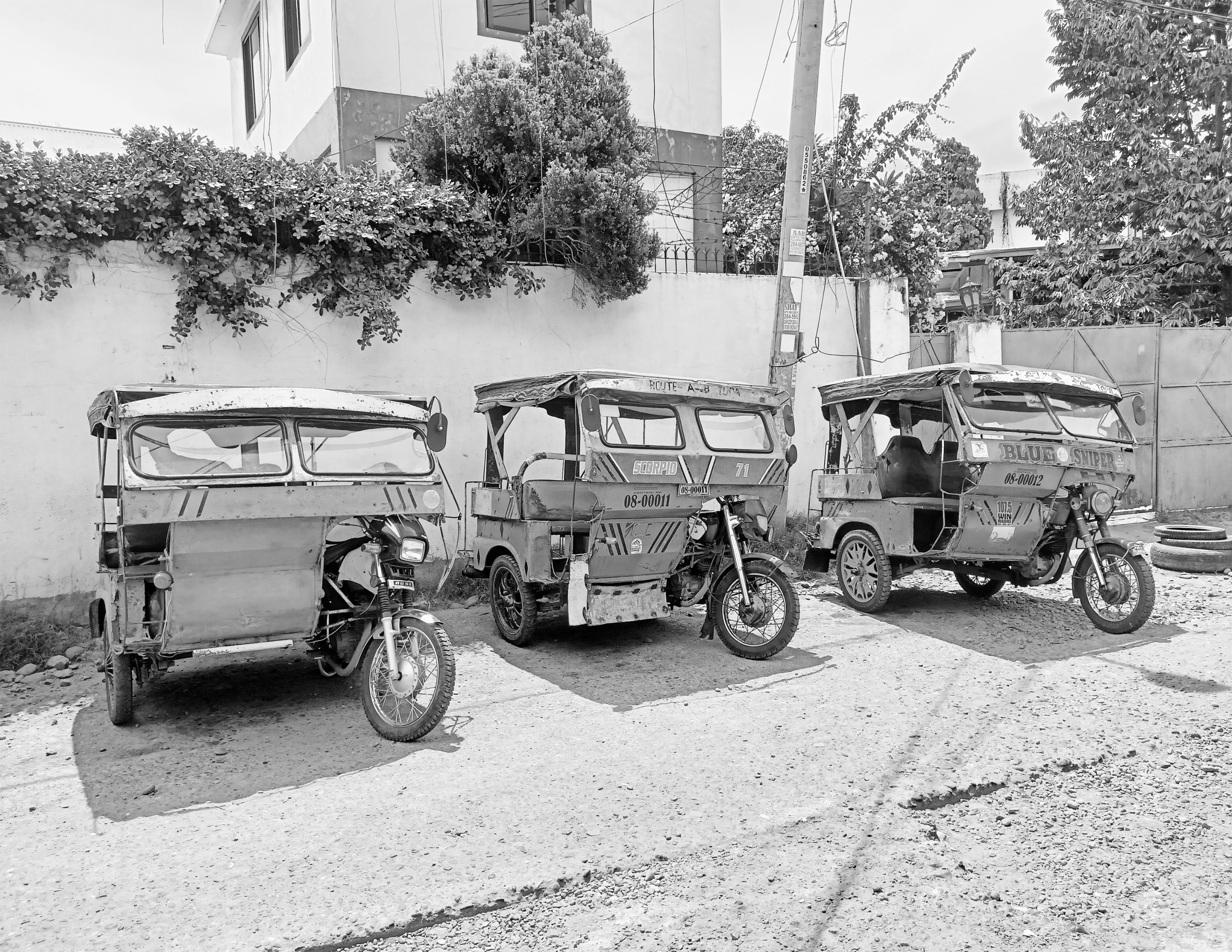
Remember the good old days when we used to travel with the horse and carriage? That was during a time when roads were primitive and choices for public transportation were limited. Most of us were probably never born yet.
“But hold on, aren't those horses and carriages still existing today?”
“That's correct, they are still used nowadays for recreational purposes, entertainment, or as tourist attractions. However, in poorer nations that couldn't afford modern transportation systems, they're still being utilized as practical solutions to move the masses to various places.”
Fast forward to the present era, the horse is now replaced by a motorized machine, also known as a motorbike or motorcycle, and the carriage already succeeded by a cab, side-car, or some sort of cargo contraption.

Meet the TRICYCLE: a ruggedly handsome 3-wheeled vehicle designed for public transportation combining all the new mechanical elements I've just mentioned.
Although these peculiar street wagons are recognized worldwide with different names and local versions, they serve the same function of transporting passengers or cargo to their destinations. Also known as Tuktuk, Bajaj Re, Auto Rickshaw, or Pedicab, this mode of public transport has become an iconic symbol of mobility. It's fairly easy to identify them, and you've probably already seen one somewhere, if not physically but online.
For this particular episode, we will focus our attention on the Philippine Tricycle.
Despite being scattered in almost all parts of the archipelago with more than 7,000 islands, I'll introduce you to only 3 common types of tricycles that I've personally encountered while exploring the country’s highly progressive southern territory.
The first type is called Tuktuk or Auto Rickshaw. In fact, I noticed a lot of this distinctive breed of tricycles when I visited the Indian continent, not expecting that they would also penetrate the Philippine market.
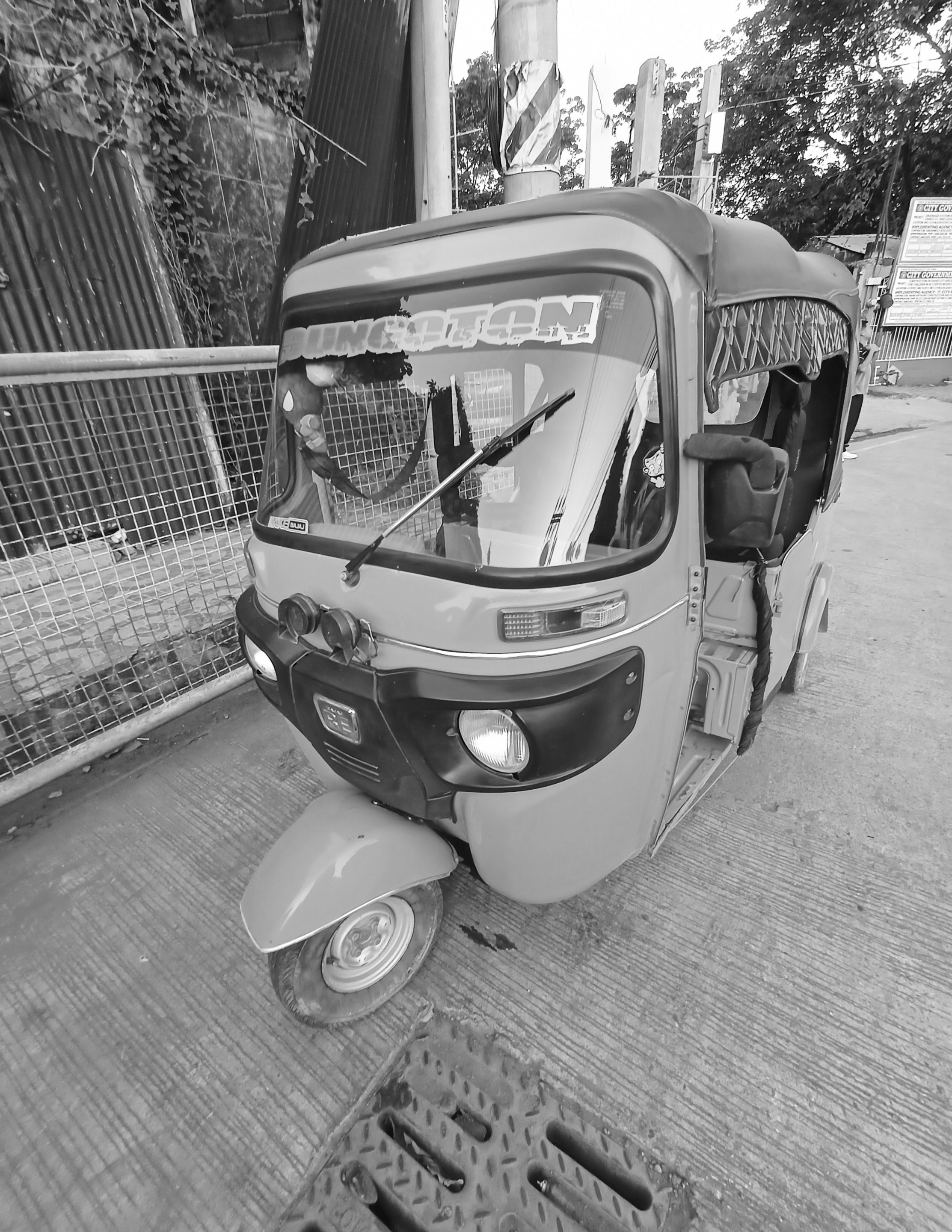
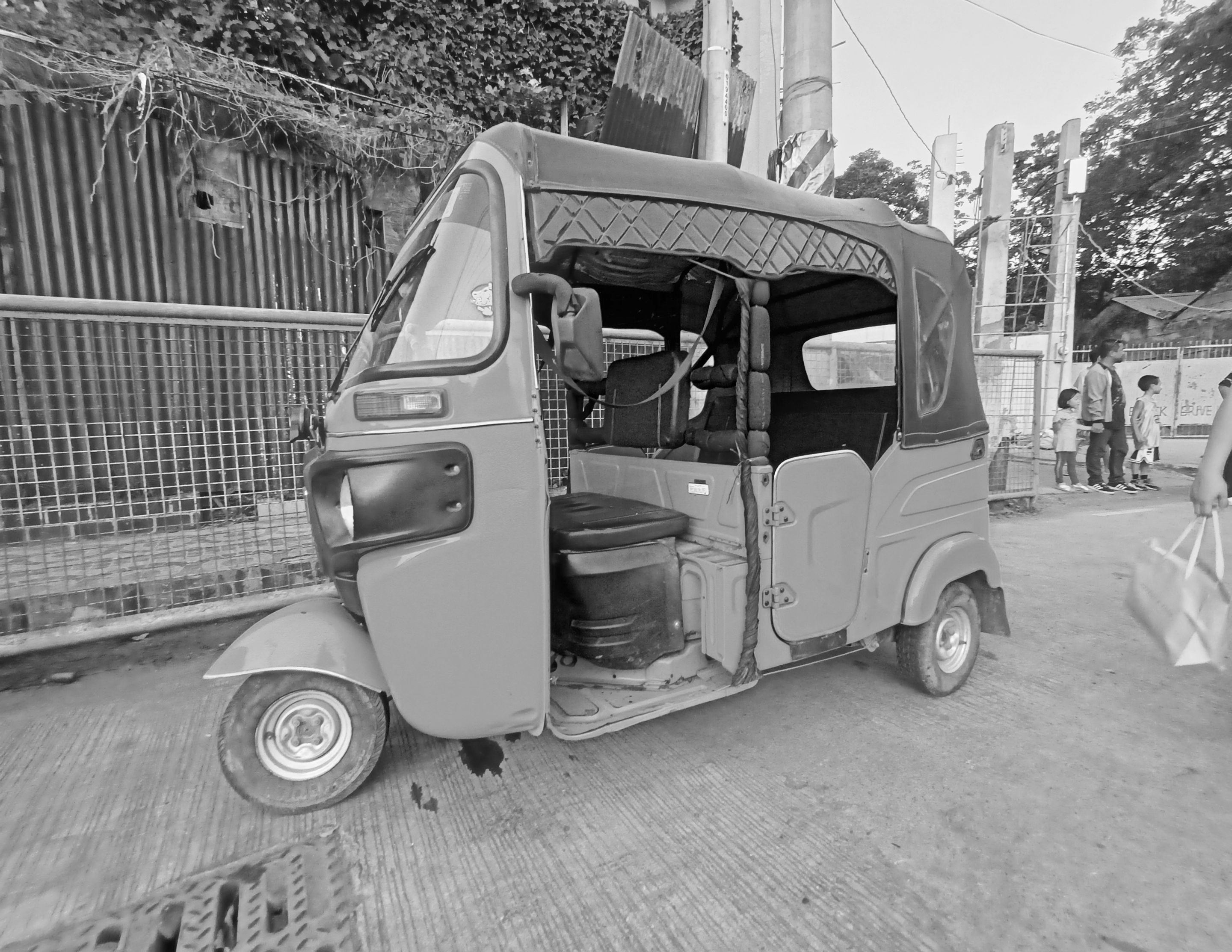
With their curve-shaped outer shell resembling an artificial cocoon, they look relatively small compared to their other siblings. The driver typically sits at the frontmost seat while passengers are situated at the rear interior cabin facing the same direction.
The second configuration is known as the Sidecar Trike. So far, this setup is the most common of them all and seems to be the commuters’ overall favorite.
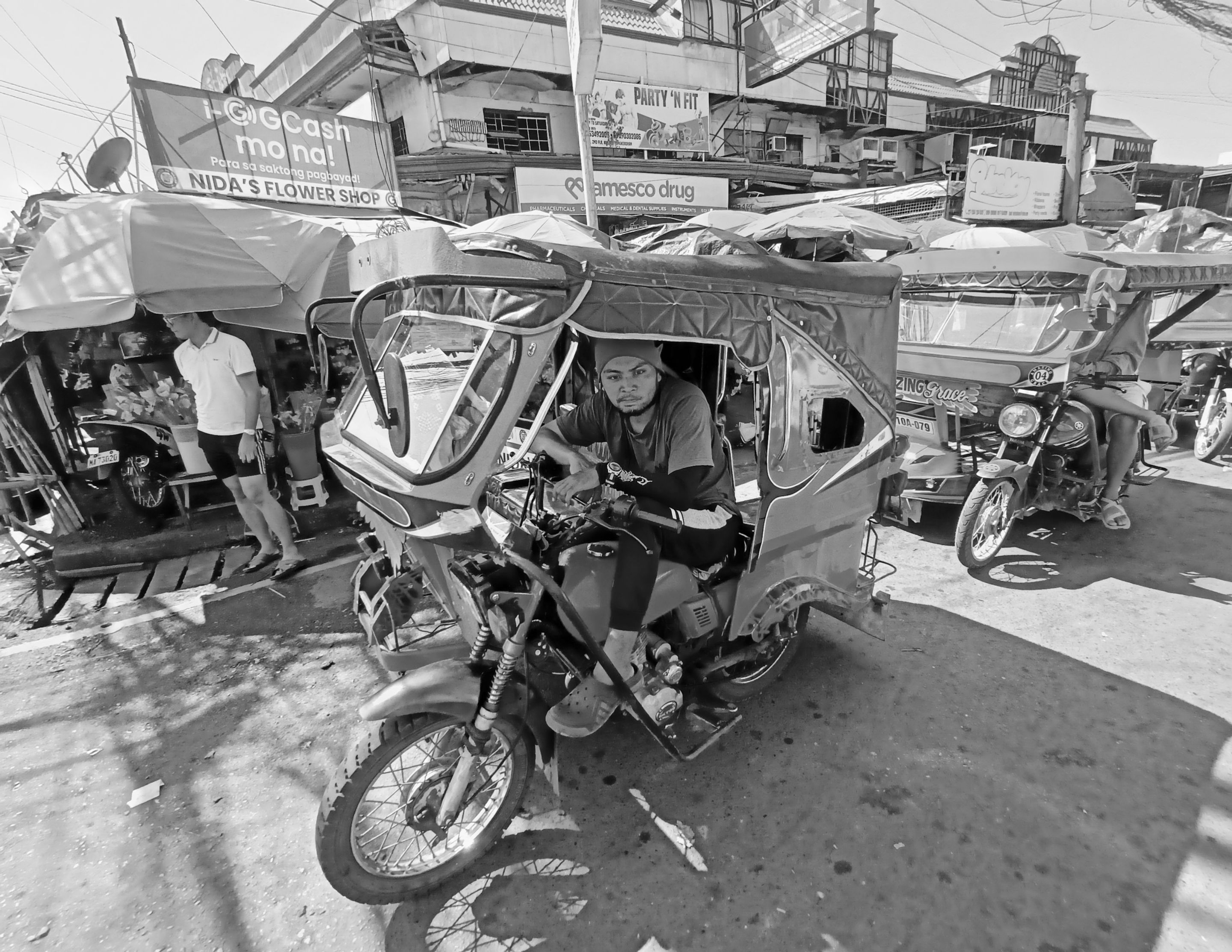
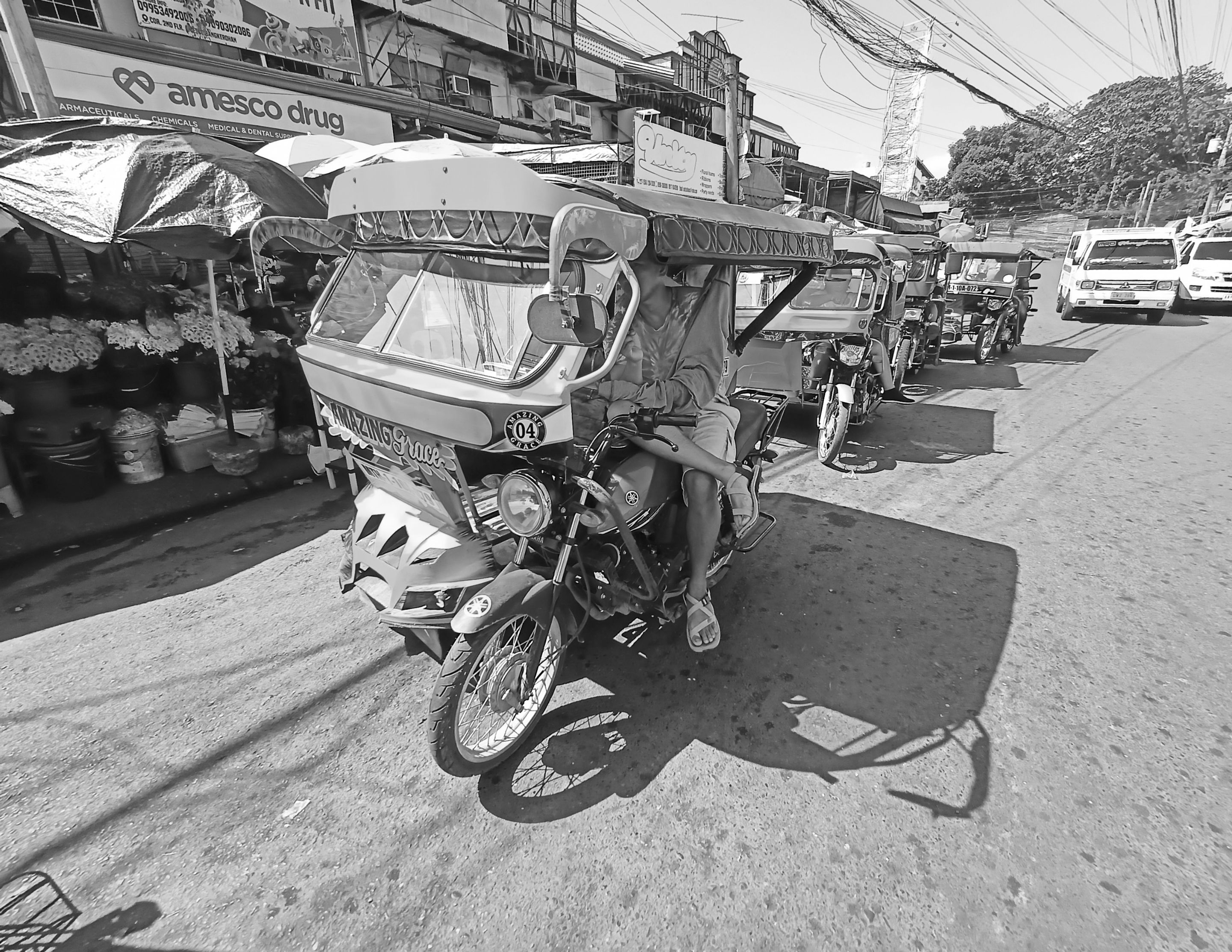
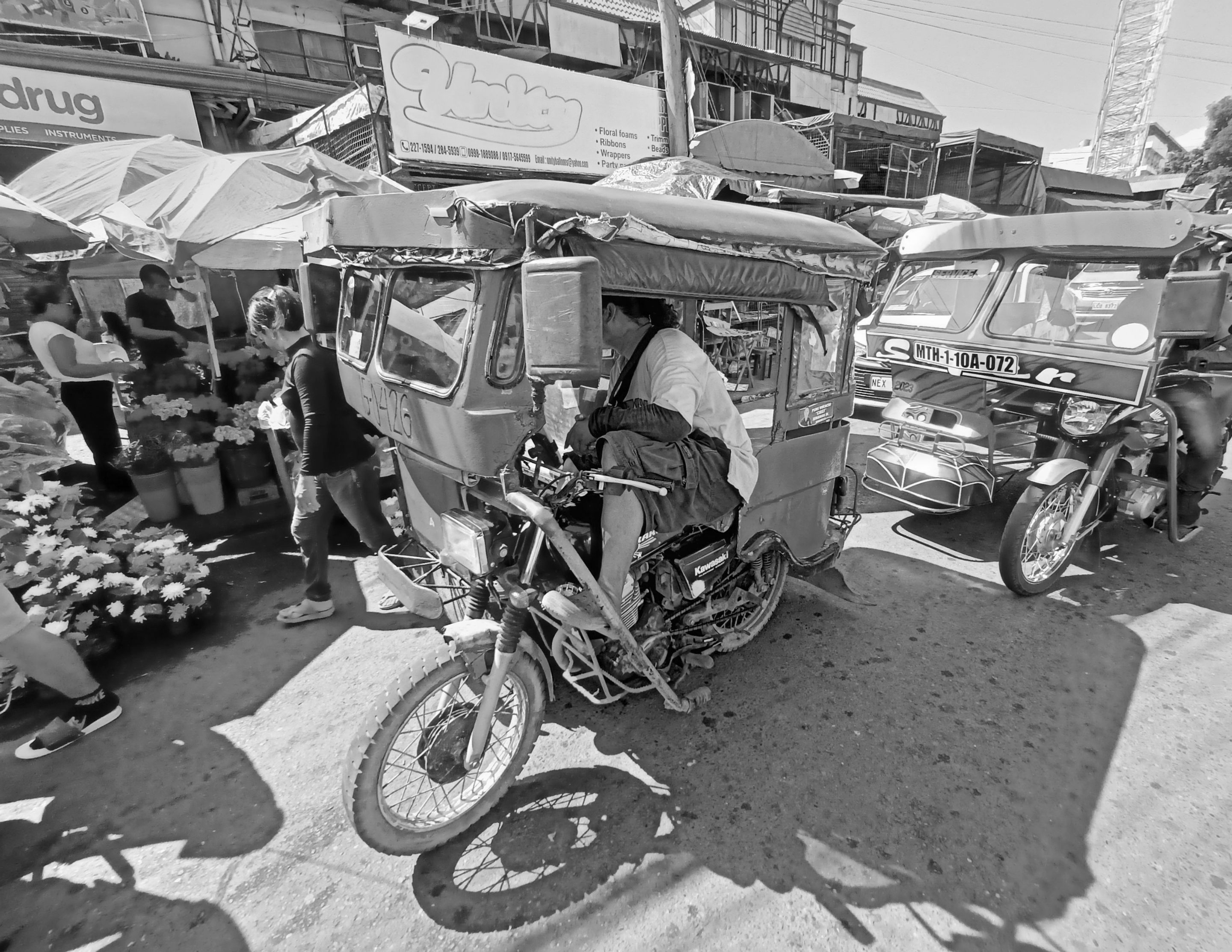
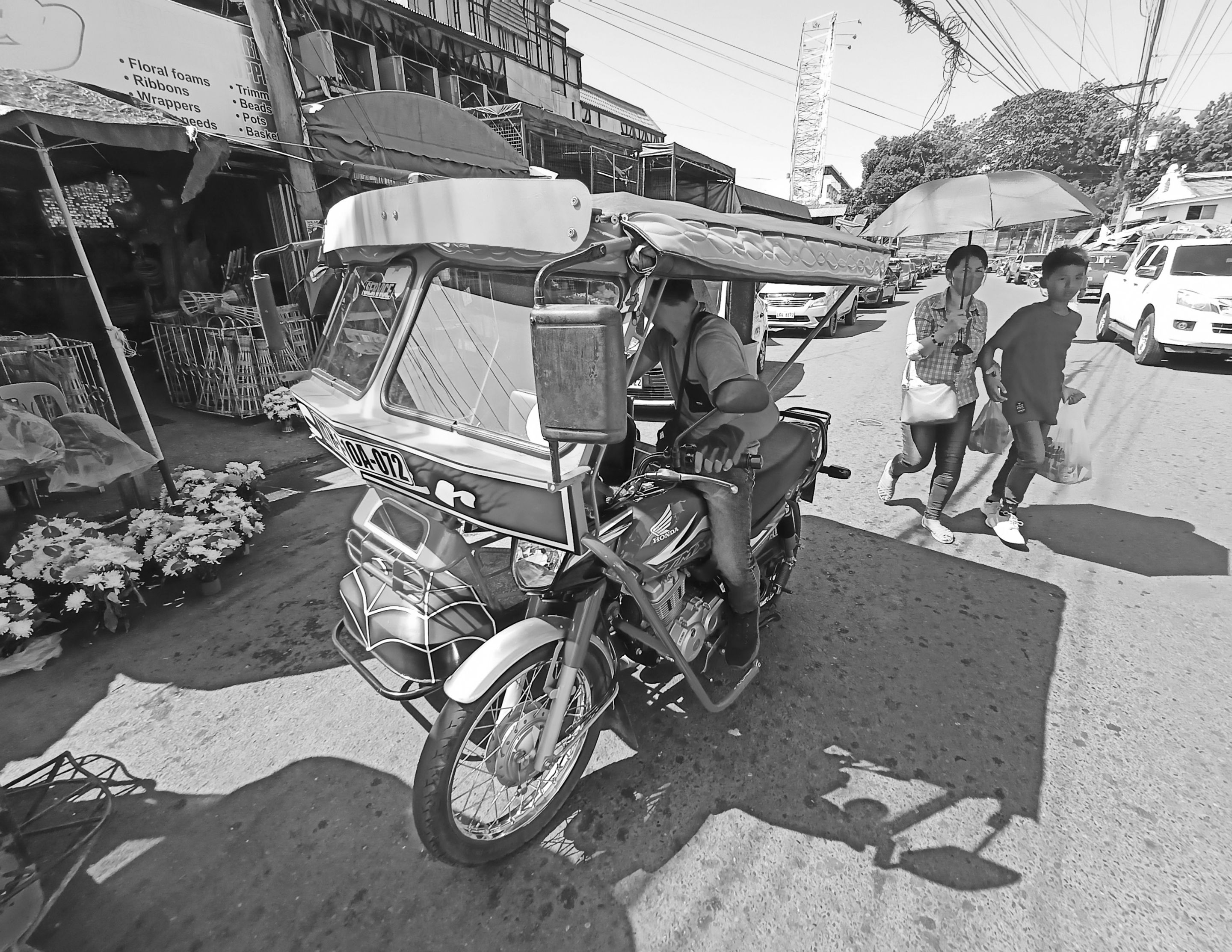

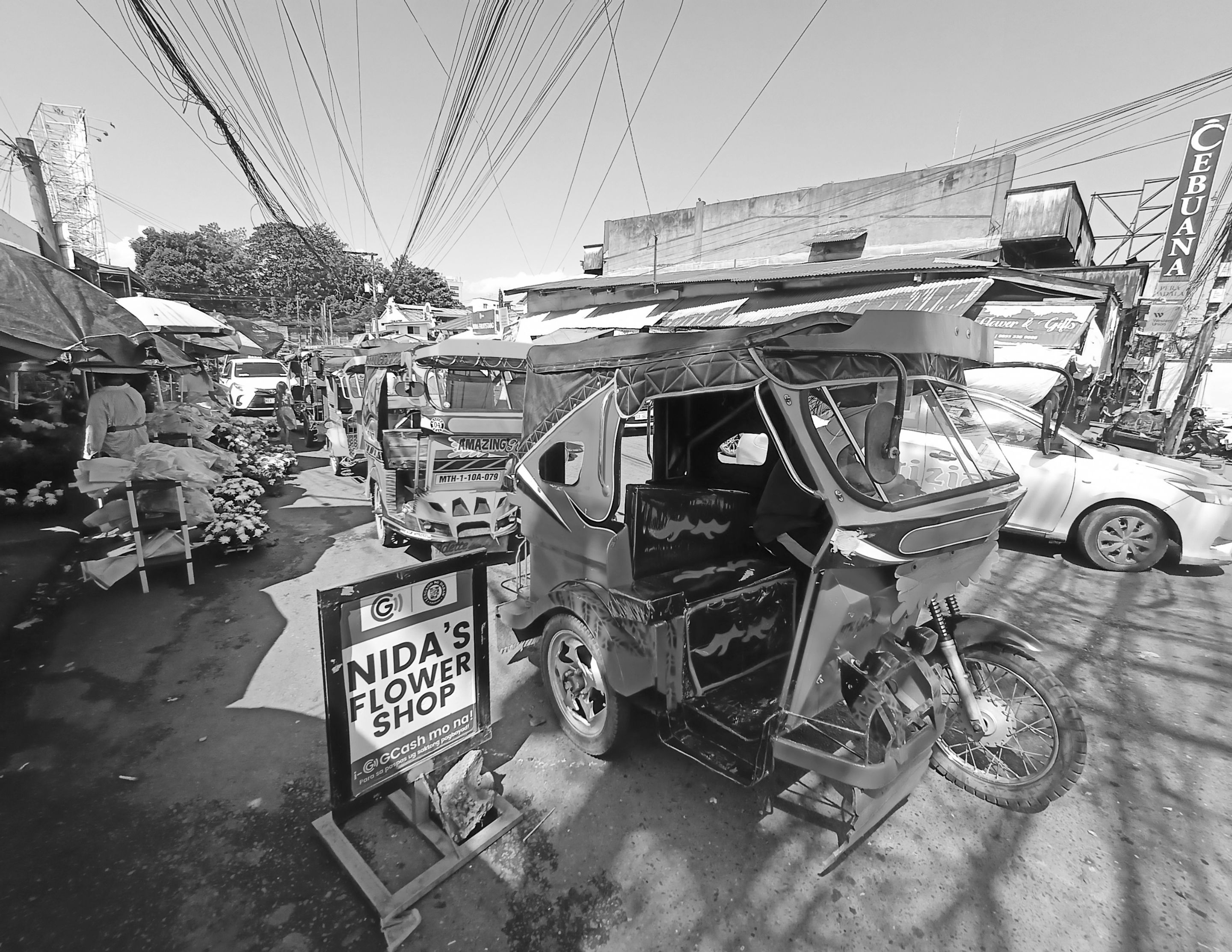
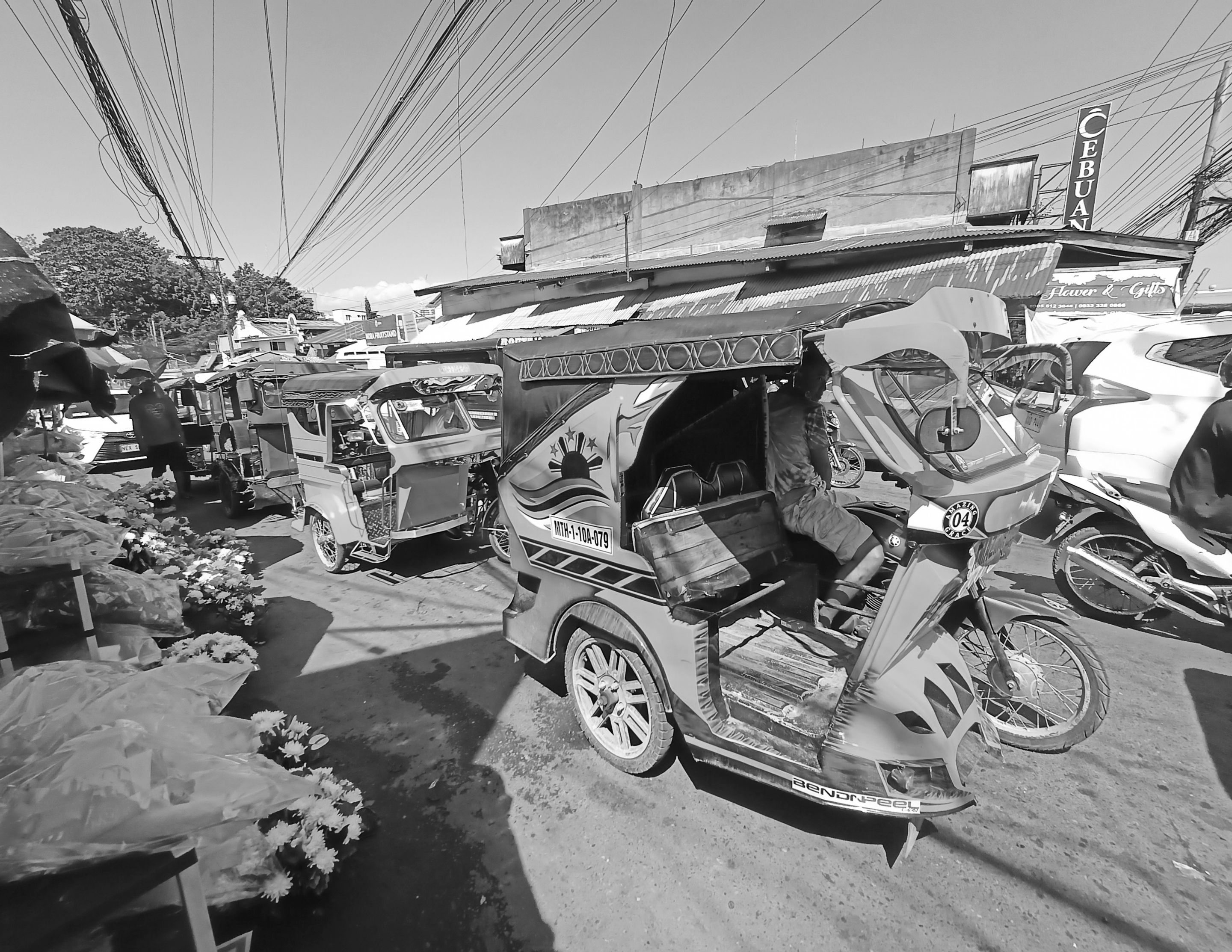
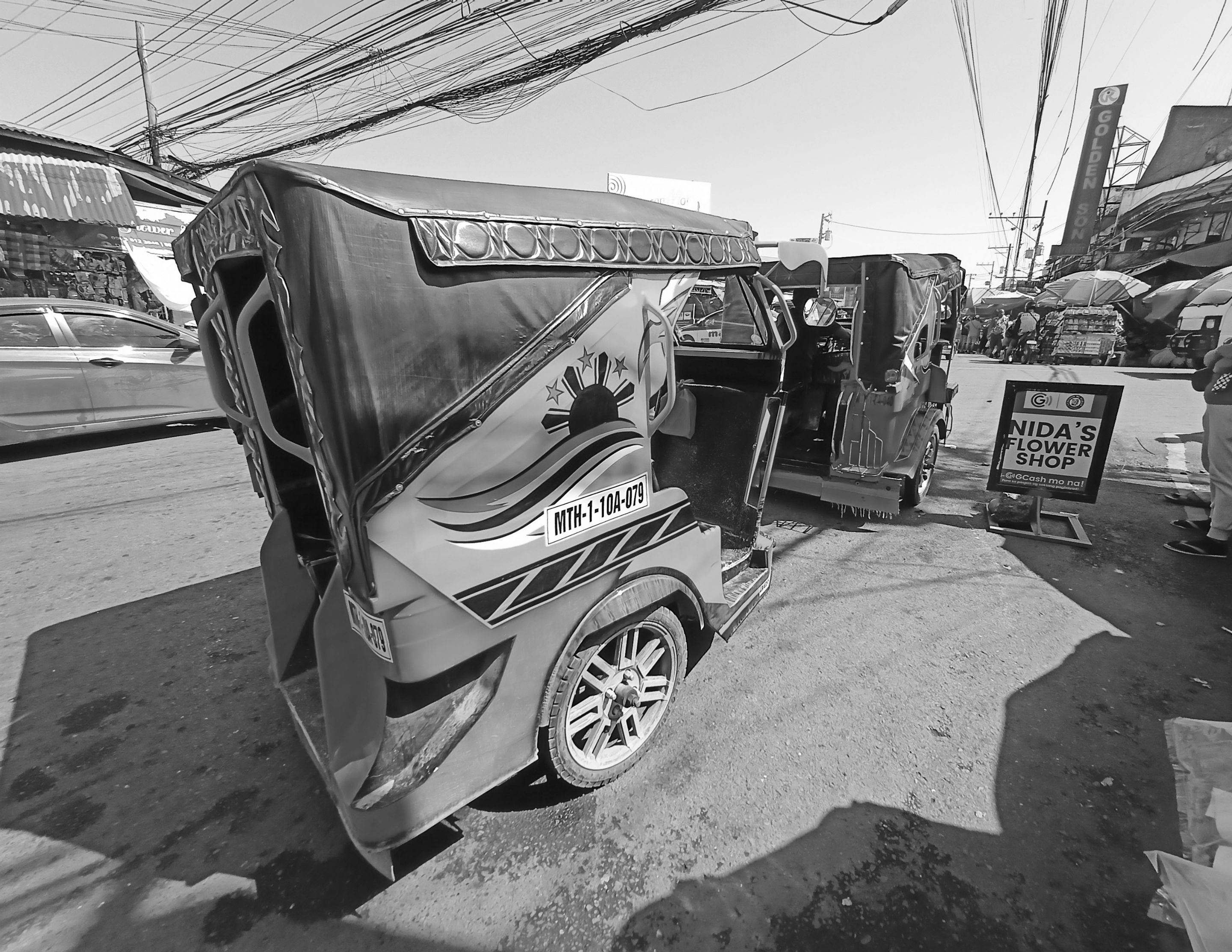
Basically a motorized tricycle with a compartment for passengers attached to its right side, this familiar vehicle has pretty much earned its reputation for being a standard option in most municipalities and rural communities nationwide.
And the third one is the Camiguin Tuktuk popularized in one of the country’s exotic islands with the same name.
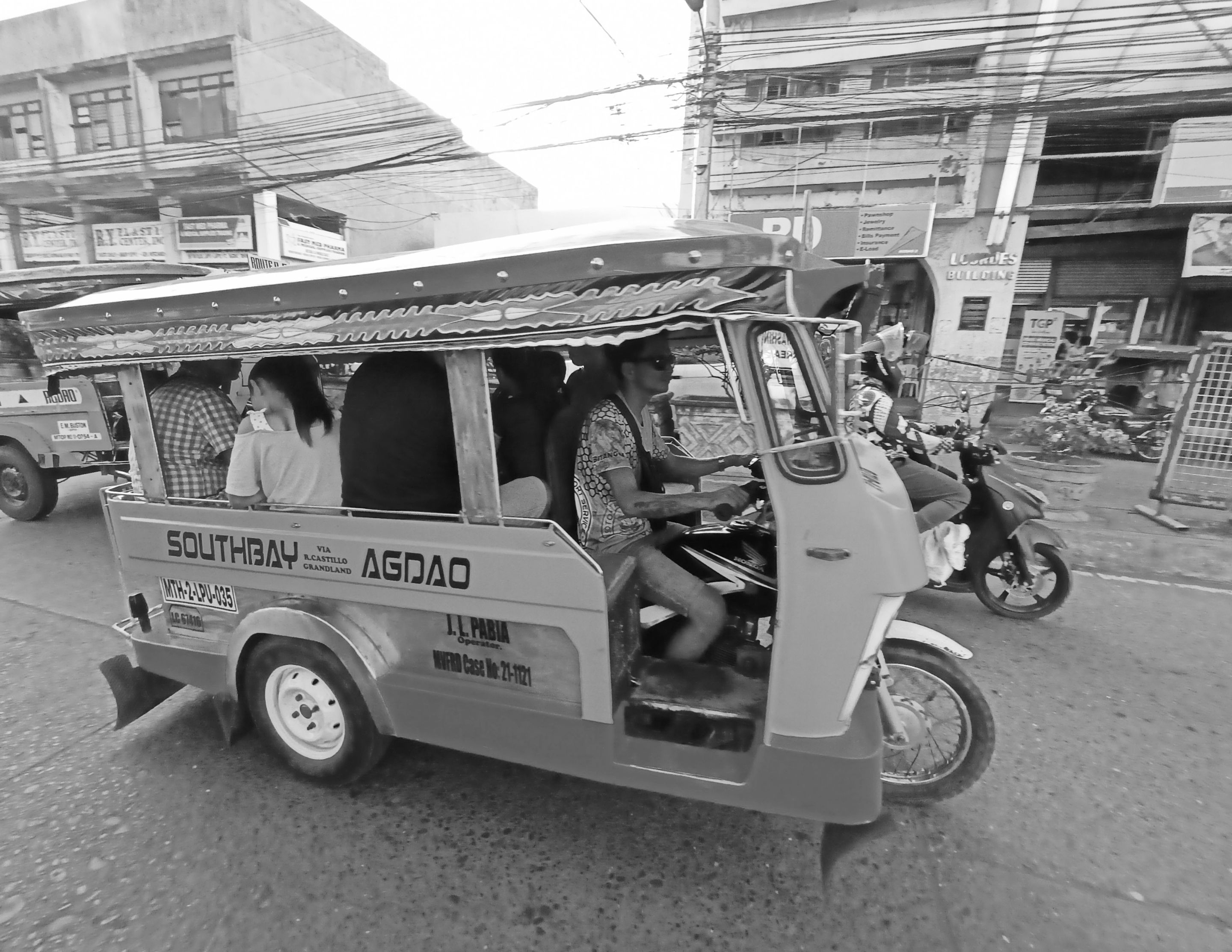
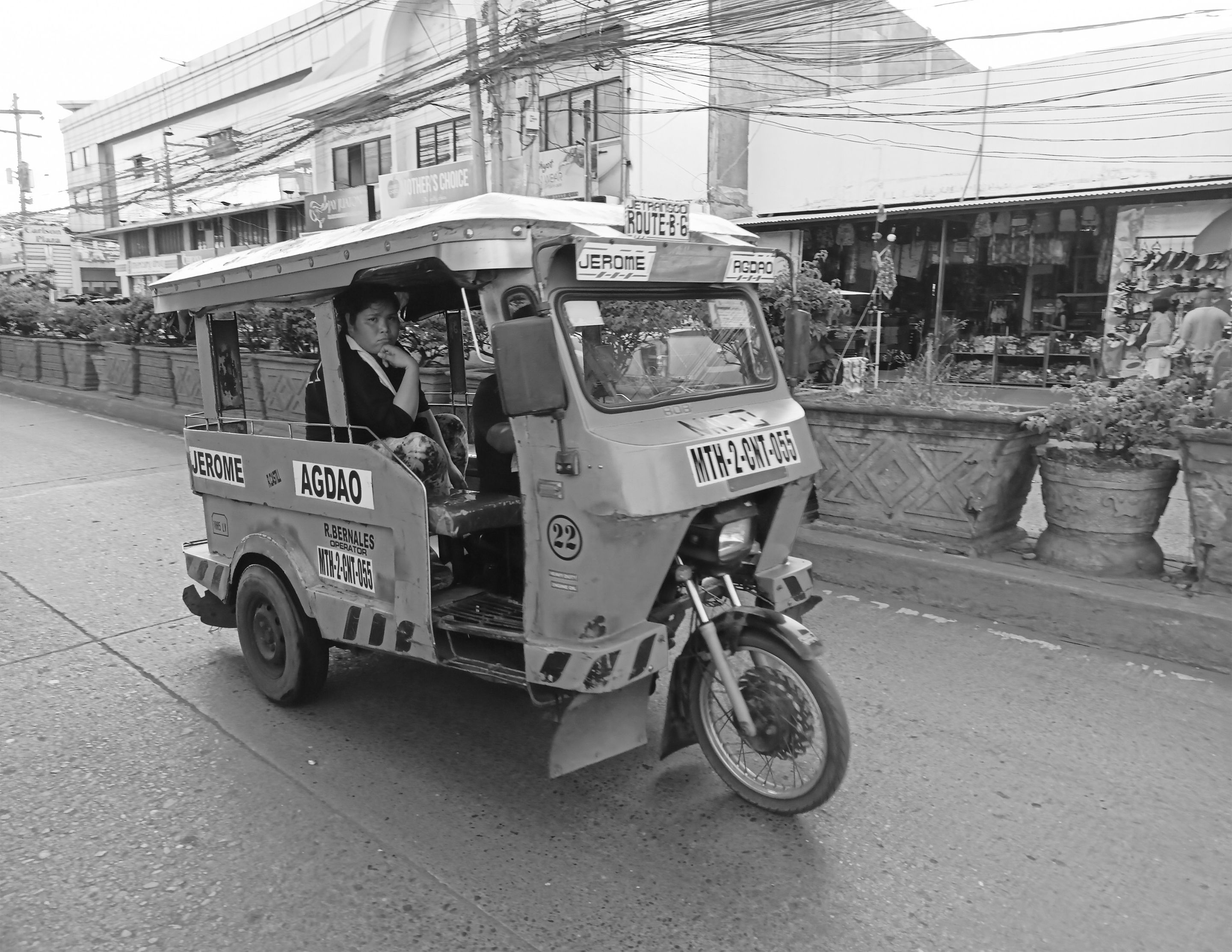
It's easy to spot this tricycle model on the roads because it's basically a miniaturized variant of a traditional PUJ (Public Utility Jeepney) with the driver facing the front and passengers facing each other.
There were additional varieties of tricycles that I've discovered along the way but they were more or less clever copycats or slight modifications of the 3 fundamental designs I've already featured here.
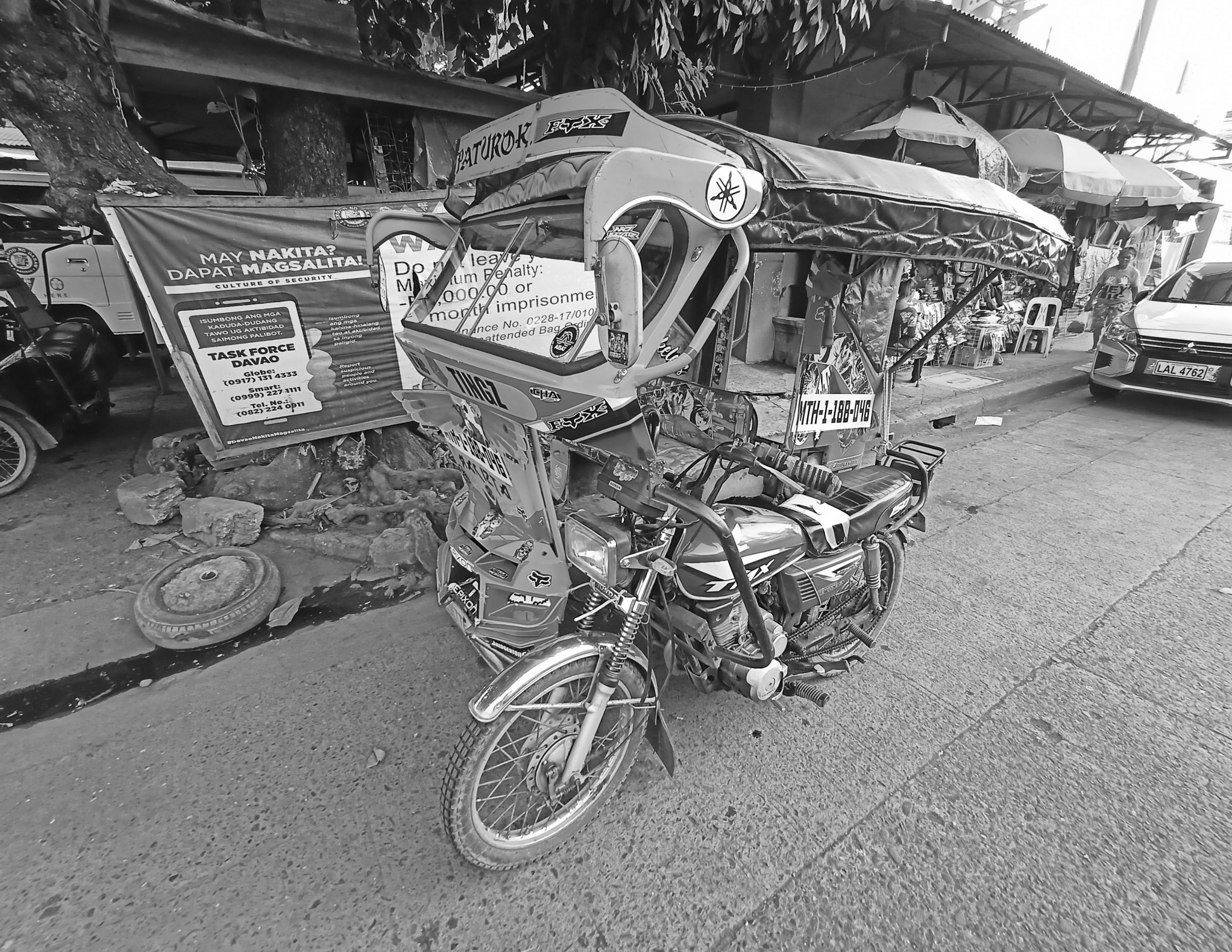
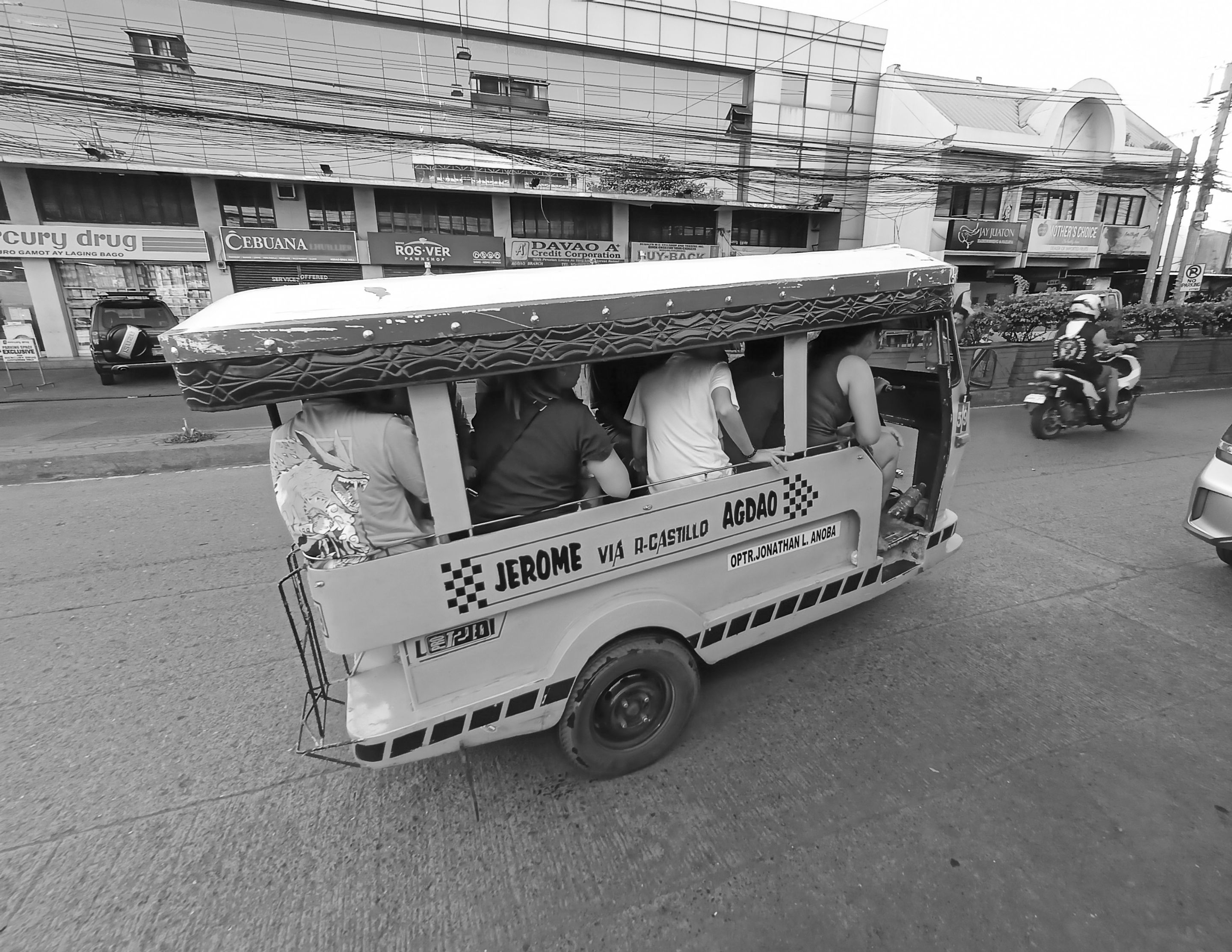
“Those tricycles are quite miniscule. Will it be a struggle for physically larger passengers to squeeze in and possibly enjoy a comfortable ride?”
“In a way, yes. As most tricycles are found in the countries of Asia, their standard dimensions are usually constructed to suit the average Asian physique. So, chances are Europeans, Americans, or Australians might be facing some issues regarding tight spaces.”
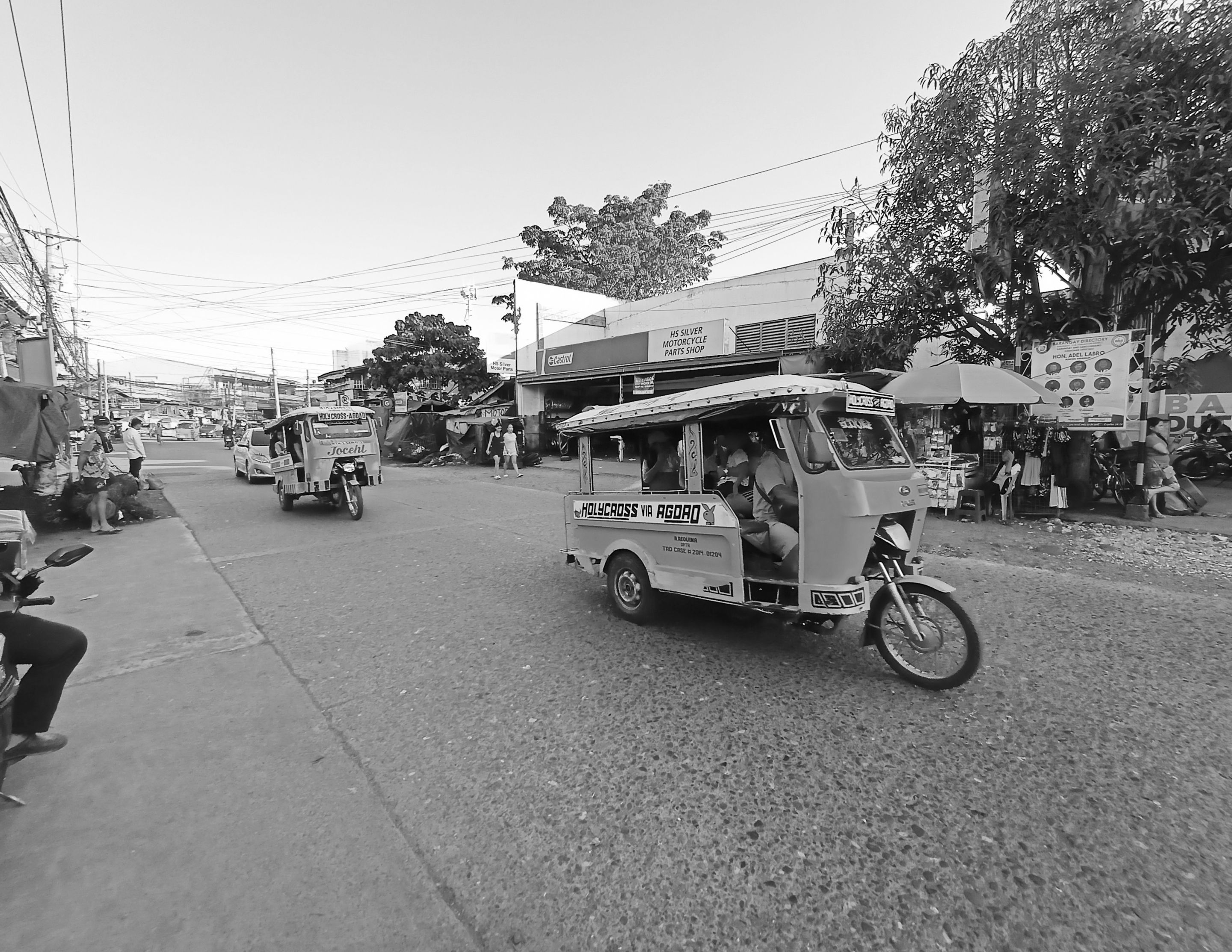
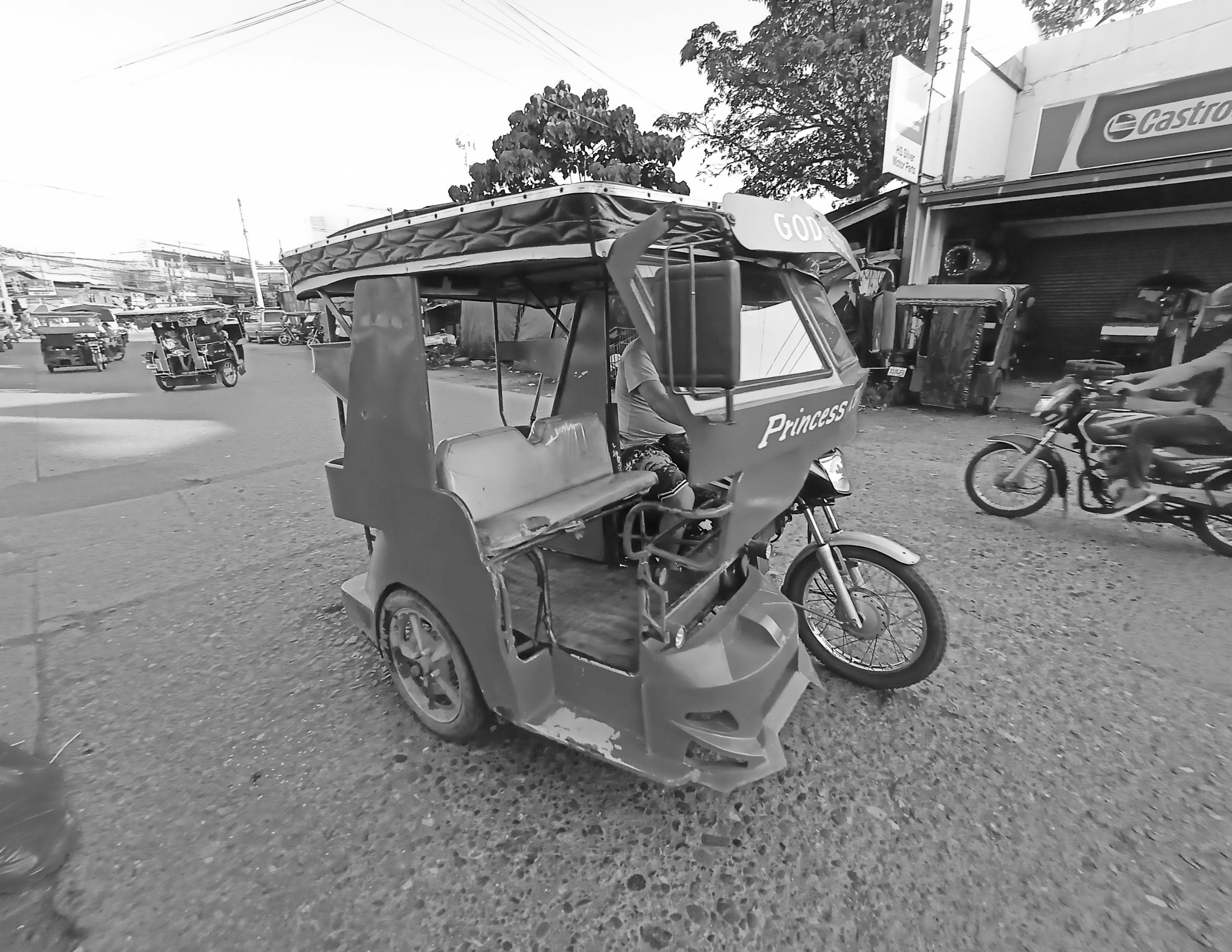
“Interesting! Are they permitted to operate on national highways and major thoroughfares to join other privately owned and public vehicles?”
“No, not really. As far as I've observed, these tricycles don't have the legal permission to do so. They are only allowed in minor roads and neighborhoods with less traffic. There may be other tricycles defying the law and traveling on restricted passageways but I'm not certain. Have you received reports?”
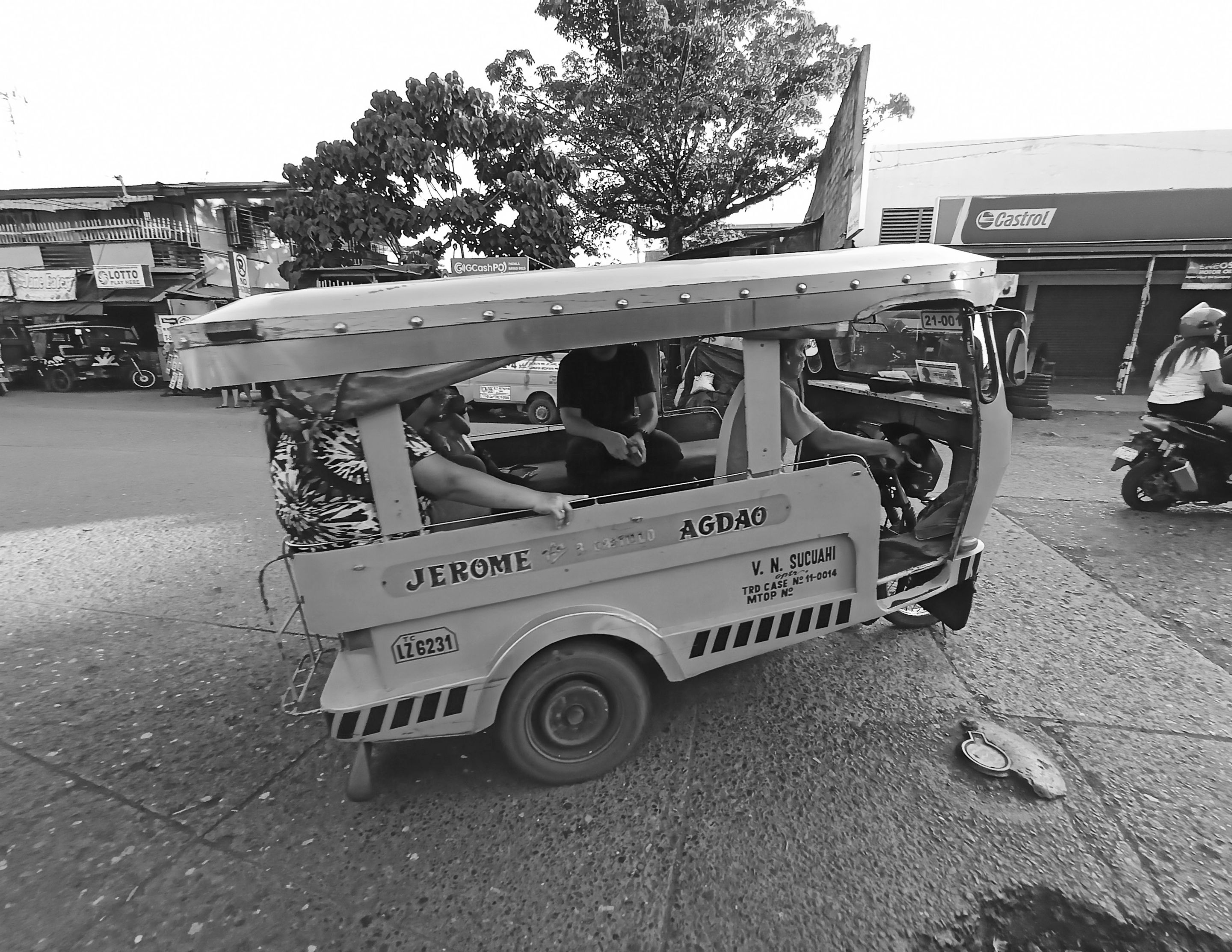
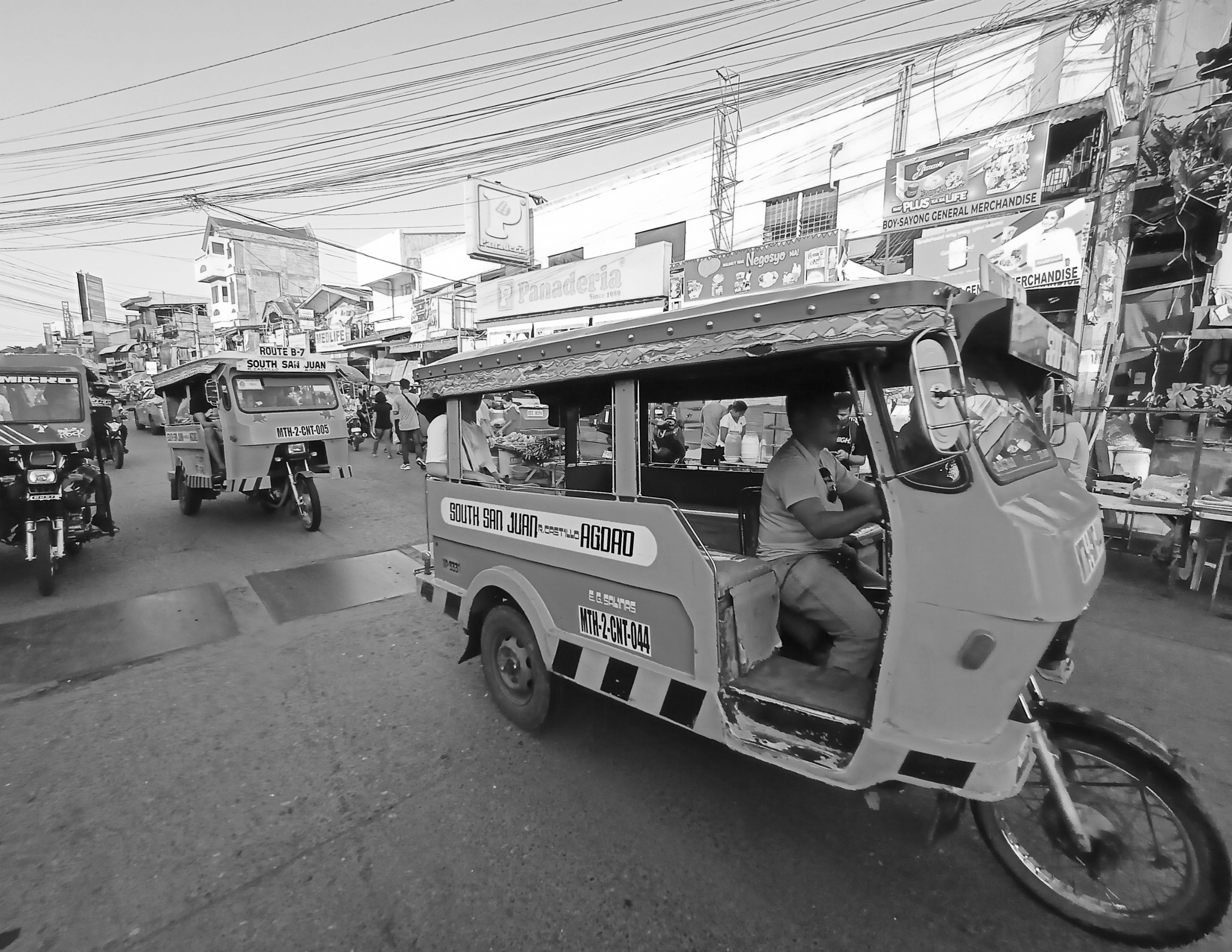
Who knows? Perhaps in the near future, there might be much better alternatives to the regular tricycles of today or likely improved versions of their current setups. A flying Tuktuk for personalized taxi service maybe? A high-speed Auto Rickshaw that could surpass sound’s velocity? What about a Pedicab that could hover like a UFO?...lol. As crazy as it sounds, these are merely wild ideas that probably have the potential of being materialized.
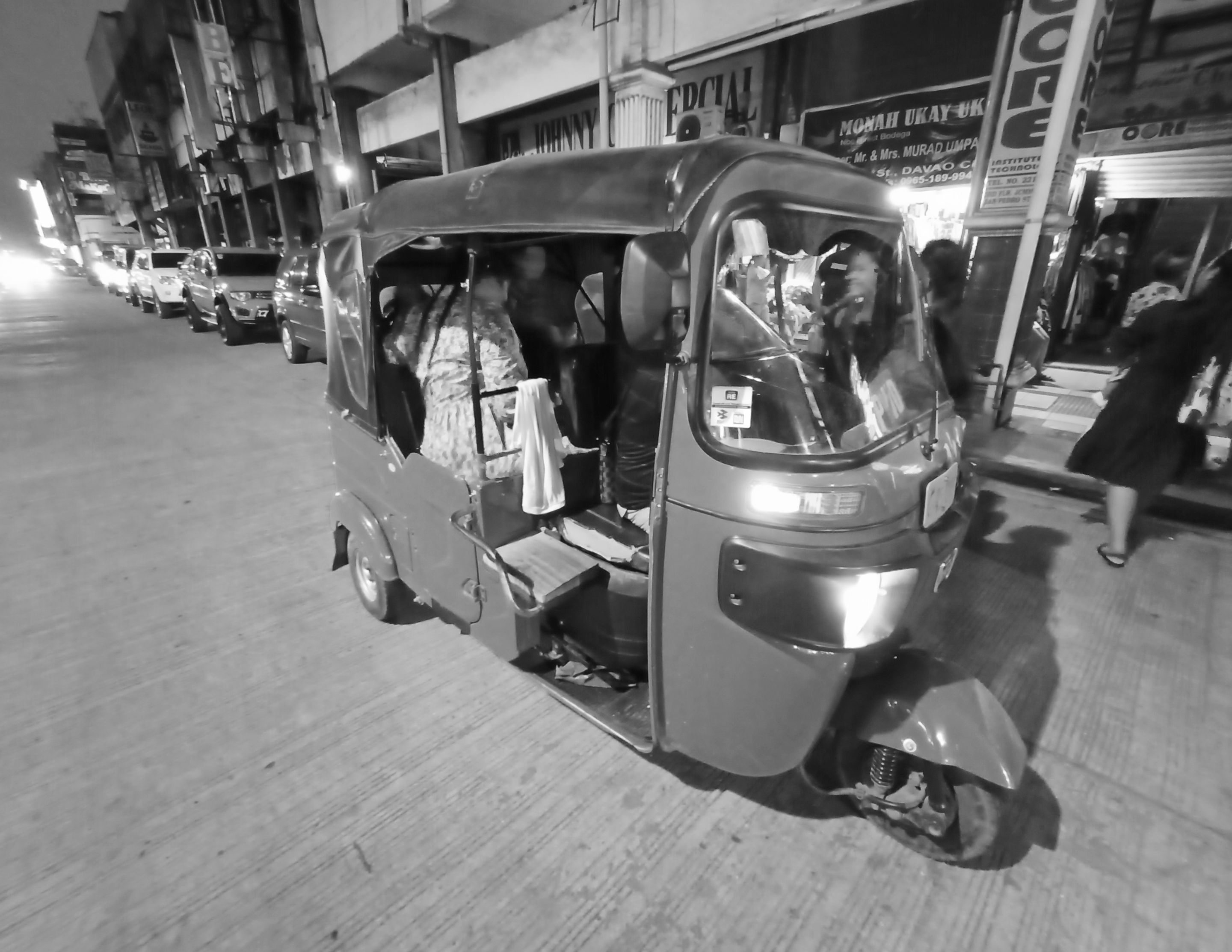
And with the rapid technological advancement of sustainable power sources such as electricity, hydrogen, or nuclear-based energy, there are absolutely no limits to what our profound imaginations can conceive and achieve.
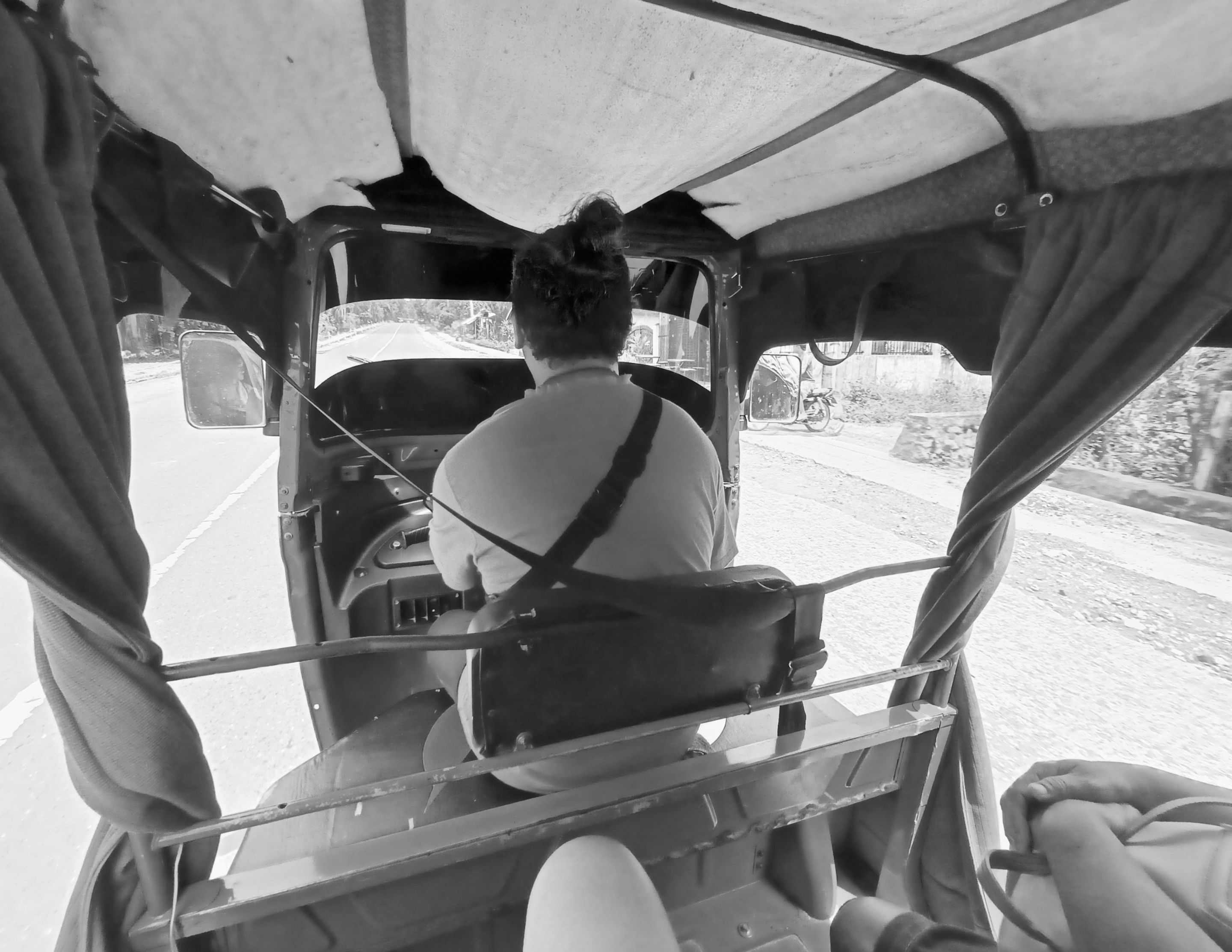
Have you already commuted on a tricycle? What kind was it? Share your experience!
#Hive, this is my entry for the #monomad challenge by @monochromes.
Copyright © 2020-2024 storiesoferne. All rights reserved.


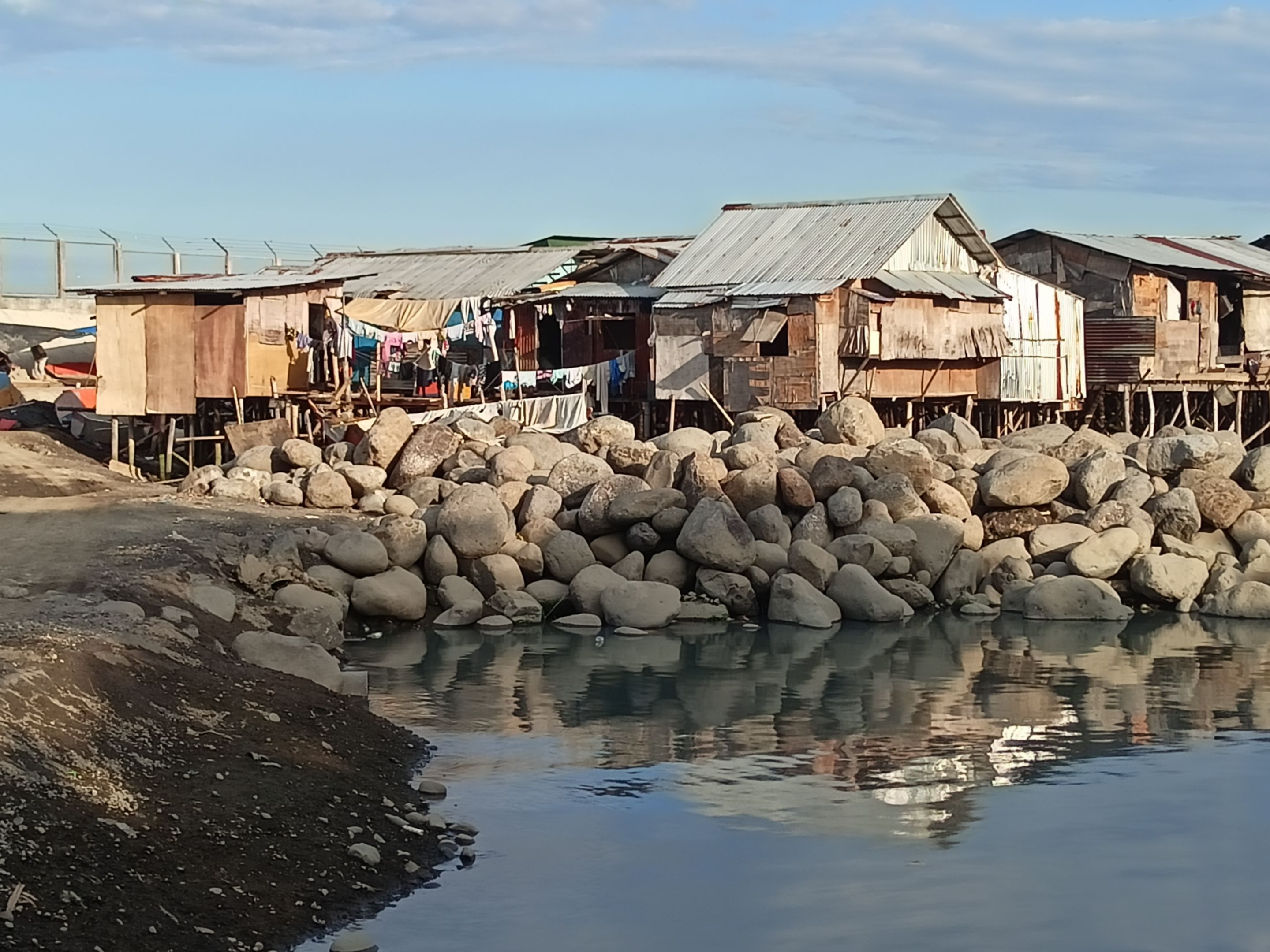
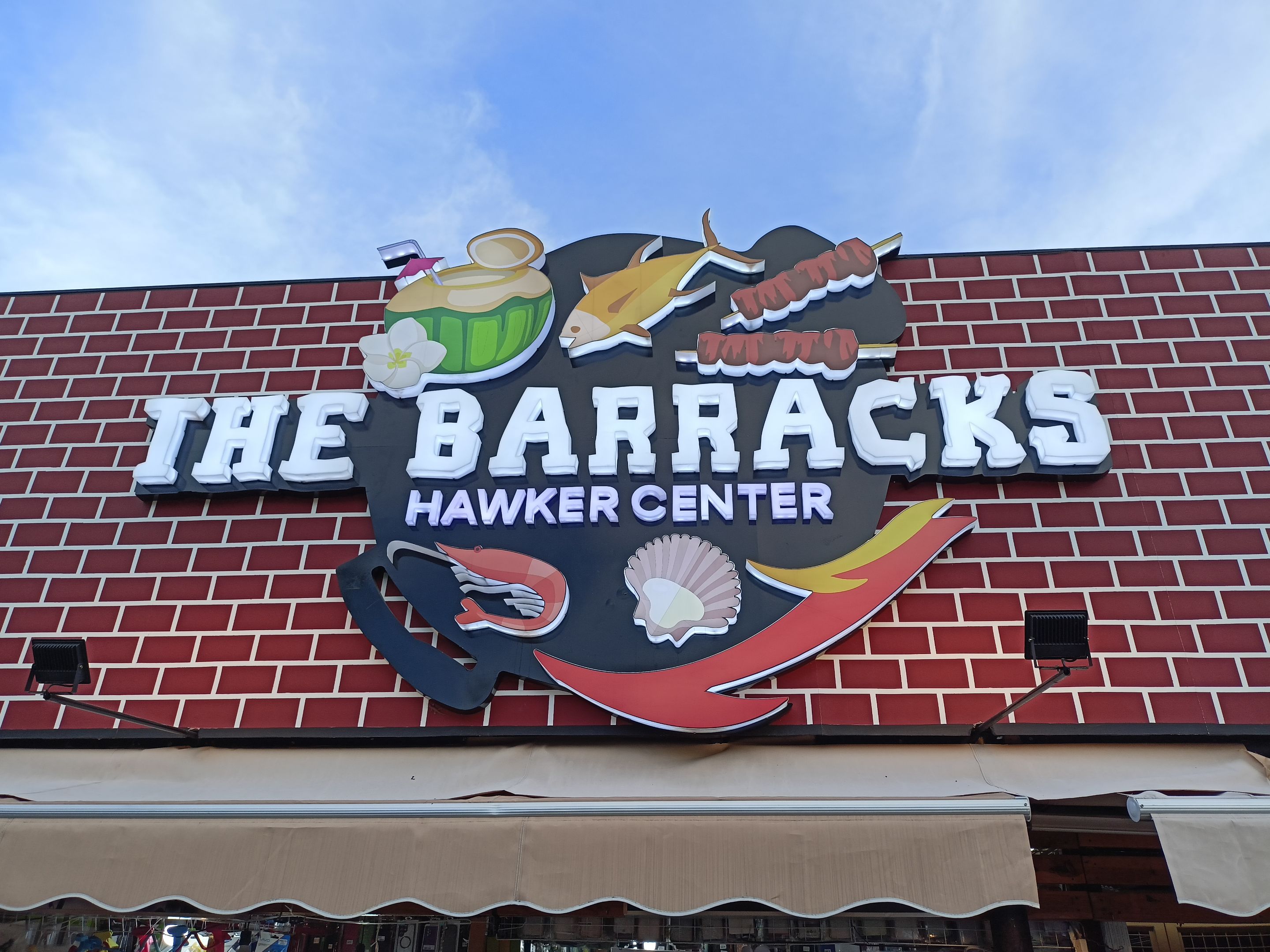
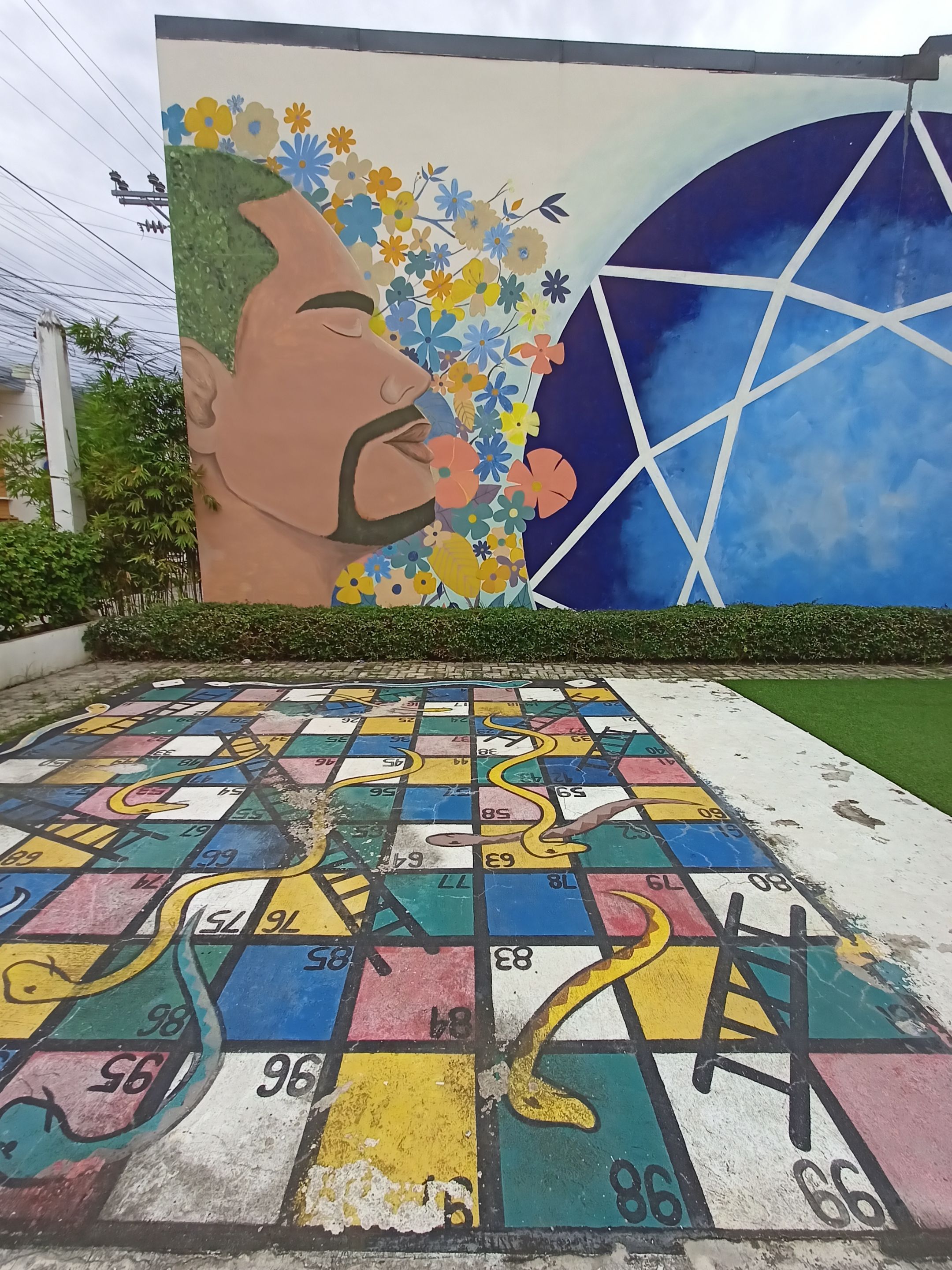
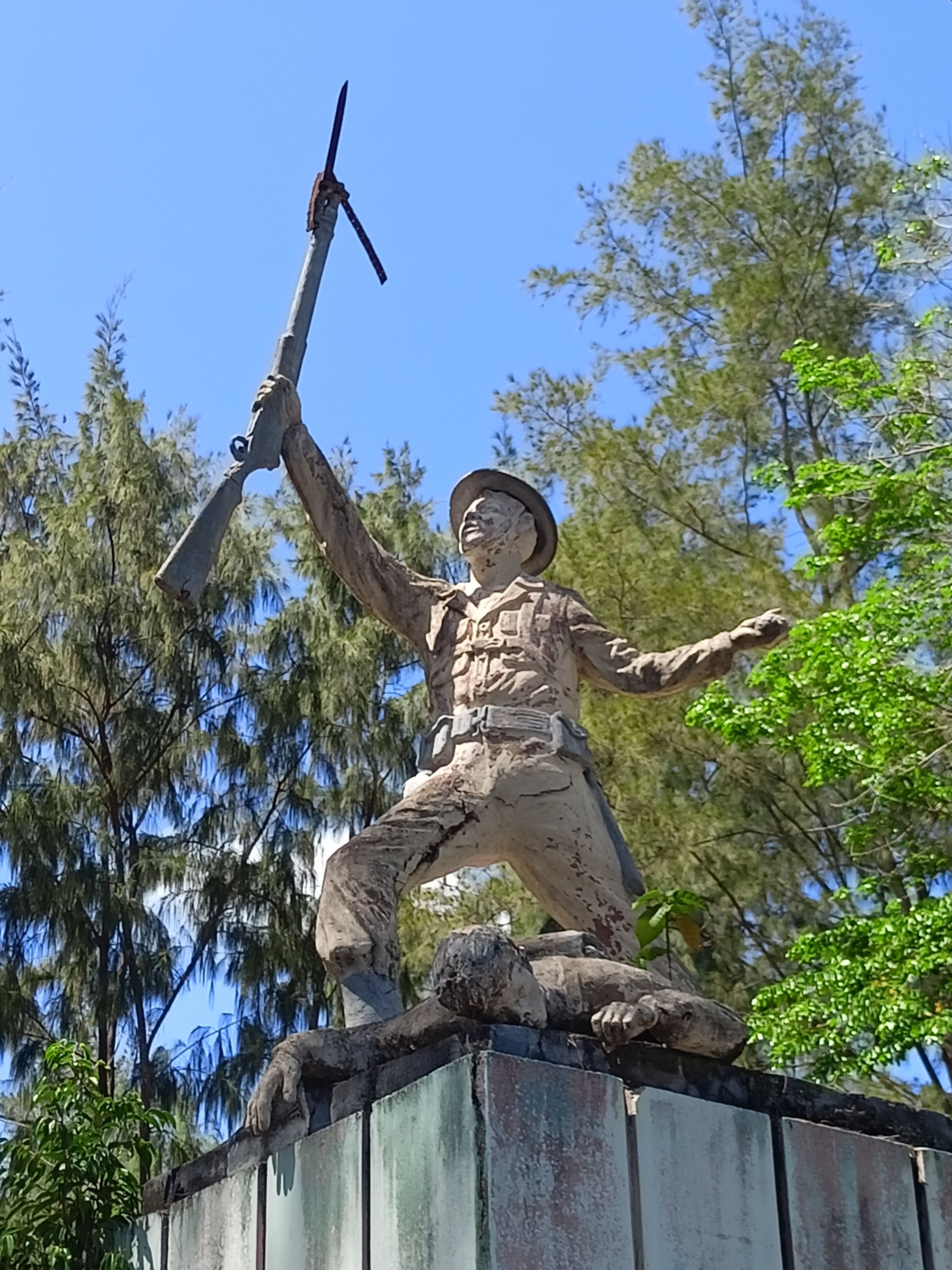
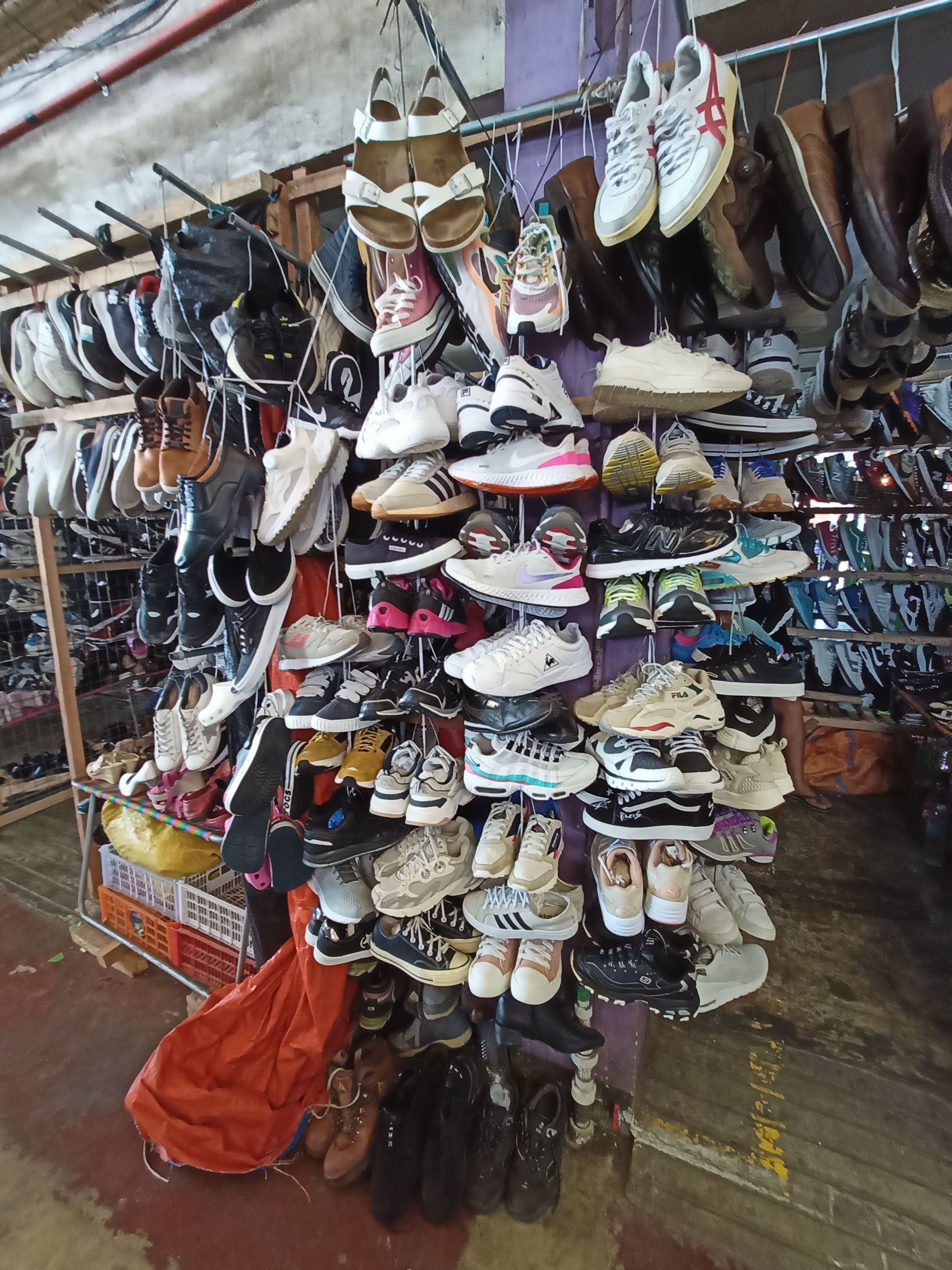

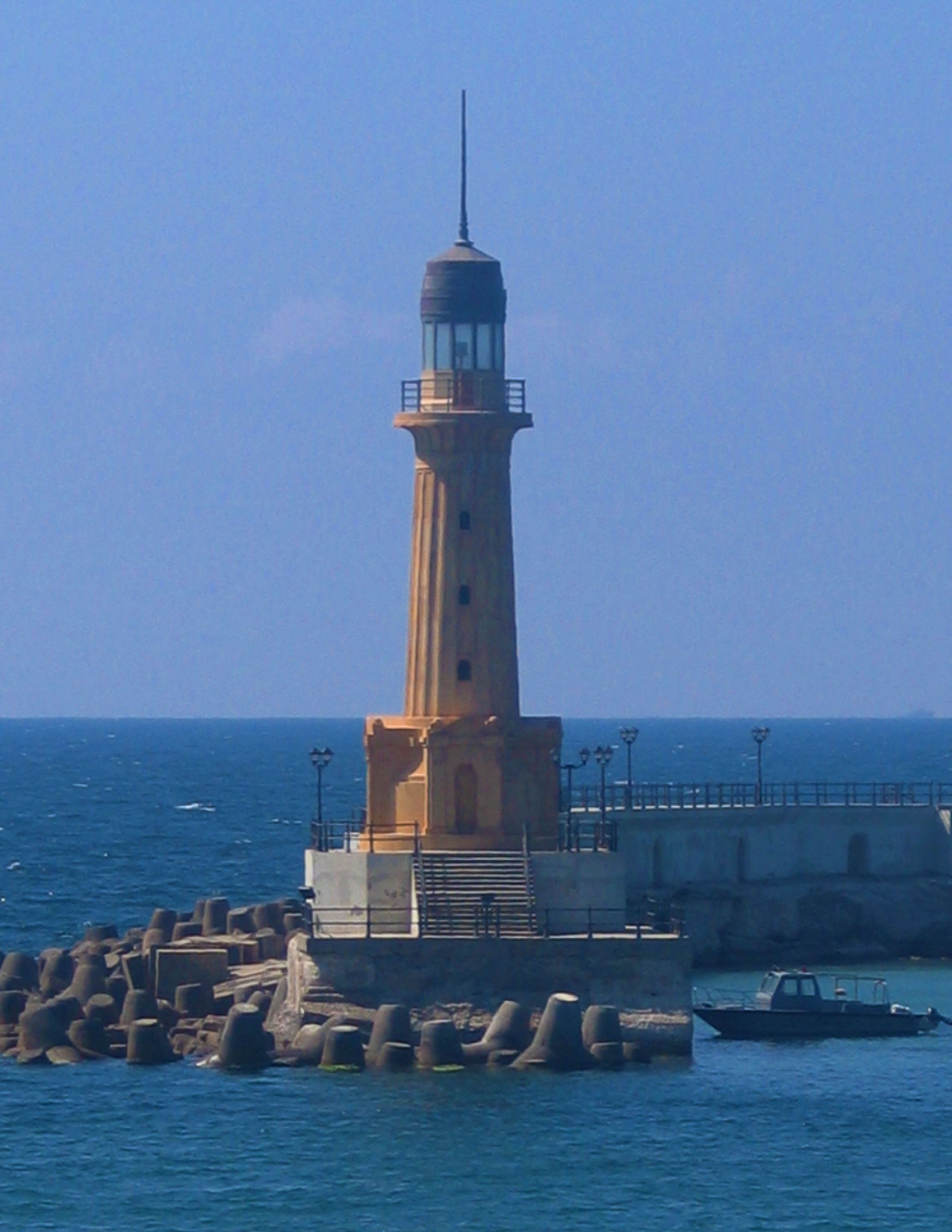
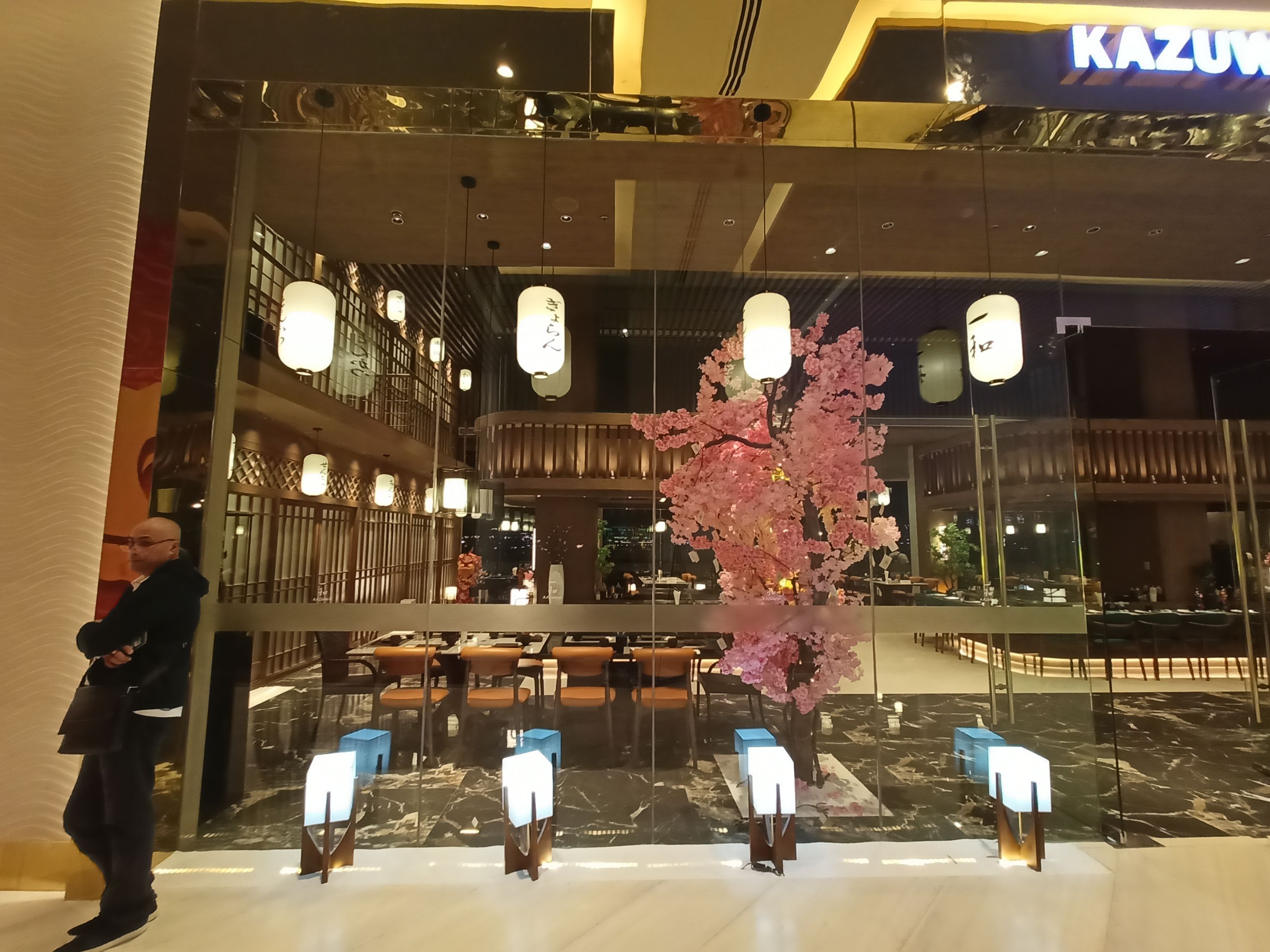
Comments